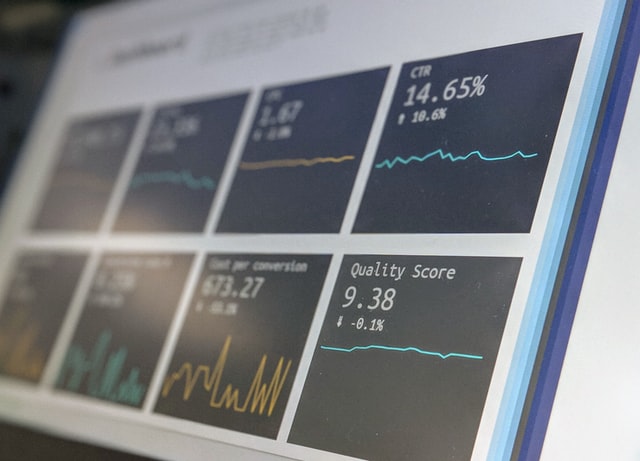How a Data-Driven Culture Can Benefit Businesses

Companies are using data to make more informed business decisions now more than ever before in a world of increased competition and ever-changing customer expectations. This data-driven approach has permeated almost every industry, with financial services being a forerunner.
The value of data and analytics is derived from their ability to solve real-world problems through the careful integration of data, statistics, mathematics, and technology. However, in order to harness the power of data and make informed data-driven decisions, a data culture must exist at the heart of an organization.
Historical data and traditional data points have always been an important part of a bank’s decision-making processes.
The Application of Real-Time Customer Data
As banks strive to solve customer problems and meet unique customer needs, using comprehensive real-time customer data allows the bank to recognize customers as individuals and engage in ways that make them feel unique, appreciated, and understood.
This frequently translates into contextually relevant conversations packaged for the right customer, delivered at the right time, via the customer’s preferred channels, and in a personalized manner. As a result, the bank’s ability to meet and exceed customer expectations, deliver market-leading experiences, and achieve the desired commercial outcomes for shareholders improves.
To remain relevant in the face of rapid changes in the financial sector driven by increased customer expectations, digital innovations, and fierce competition, banks require data and analytical capabilities that go beyond business-as-usual.
The ability to provide personalised financial products and services to customers, complemented by personalised experiences, is at the heart of banking. The ability of the bank to translate complex data meaningfully, decipher key insights from the data, pair it with relevant recommendations, and package this as meaningful conversations is critical to achieving these personalised experiences.
This, in turn, influences how the bank interacts with its customers and the specific recommendations it makes to meet their needs.
How to Achieve Proper Data and Analytics Deployment
The use of data and analytics to solve both customer and business problems, as well as the transformation of the bank’s decision-making capability to one based on data, can only be accomplished with an ingrained data culture within its organizational structure. To create a data culture, a top-down approach is required.
To begin, leaders must embrace and promote the use of data in decision-making processes. Second, managers must understand, appreciate, and value data language.
Finally, data and analytics teams must be passionate, competent, and creative in order to produce data outputs that can be used to inform decisions.
This, in turn, allows data’s value to be recognized and, more importantly, used as a key input at all levels of the organization. This data culture should also be focused on attracting, nurturing, and growing data and analytical skills as a specialist capability within the organization.
We are deeply committed to a data-driven culture at Standard Bank, and we have implemented the process of implementing data-informed decision-making across all areas of the bank. Our data-driven approach has helped us better understand our customers and improve the personalised solutions and experiences we provide.
This has enabled us to remain relevant in the markets we serve and gain credibility with our customers, even during difficult times.
The key starting point is an organization that truly prioritizes data-driven decision-making and understands and values data as an input into making sound business decisions. It prepares every employee in the organization to use data as an input in solving real-world customer and business problems.
Data’s Influence
Data, when combined with the appropriate technology, enables decision-making that is based on factual insights rather than instinct or intuition. Furthermore, data-driven decisions have a higher degree of predictability and the ability to make decisions in real-time.
They also have the inherent ability to integrate new or recent data for a precise change in course or decision – something that instinct-based decision-making processes do not have.
With the advancement of technology and digitalization, it is critical for businesses to leverage the power of data to expand their business capabilities beyond the basics. Creating a data culture, investing in skills and technology, and cultivating an environment that fosters and flourishes data and analytics will undoubtedly benefit the company and provide a competitive advantage.
The universe of data, the frequency with which data is generated, and the technologies available to manage data life cycles are all expanding at an exponential rate. Every online interaction leaves a digital footprint that can be used to generate deep insights.
To truly harness the power of this data, businesses must first adopt a data-driven culture within their organization. This is a culture that has made the transition from an isolated use of data to an integrated use of data as the norm of its operations.
Following that, it is necessary to invest in the necessary technology and skills to establish a data and analytics capability capable of addressing real-world business challenges in live customer environments. Finally, in a rapidly evolving data space where the only constant is change, organizations must keep up with new developments in this field from both a scientific and technological standpoint. If you do this intentionally, correctly, and consistently, the possibilities for using data to drive your business forward are limitless.







